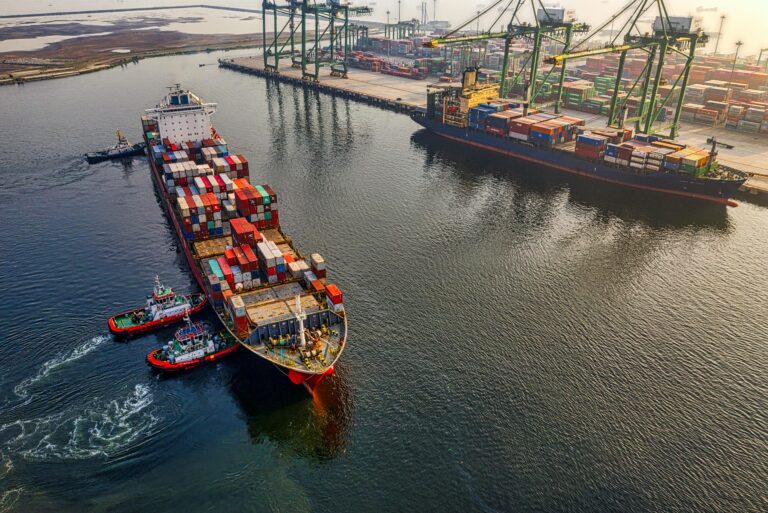Sustainability and how to implement ‘green’ initiatives for businesses – from both the consumer and retailer side – are priorities for brands. Shoppers are putting their money where their mouths are with a recent Centre for Sustainable Business study showing that from 2013-2018 sustainable purchases grew 50% even though sustainable goods only accounted for less than 17% of the market.
In retail, with fast fashion, in particular, being particularly high on carbon emissions and water usage, and consumers being ever more aware of and vocal about the need for their brands to show real efforts to be more sustainable, the need to implement green practices both for the environment but also the bottom line is paramount.
7 ways ecommerce brands can improve their sustainability:
- Make the warehouse and office greener
- Offer slower delivery for cheaper shipping to customer
- Have shoppers ‘cluster’ purchases
- Offer BOPIS – buy online pick up in store
- Use push bike delivery for final mile providers
- Provide local returns centers
- Pass on carbon offset charge to shoppers – or offset it at no cost to them
1. Make physical spaces greener

One of the (relatively) easier ways to reduce a business’s carbon footprint, which can be done no matter how large or small the business, start in the physical spaces the company already owns and/or operates – primarily warehouses, shops, and office space. While seemingly only a small change, swapping non-LED lights for LED helps immensely as does putting solar panels into warehouses or other spaces, where possible.
2. Offer slower delivery for cheaper shipping to the customer
Shipping – particularly air freight – and delivery are some of the biggest contributors to the carbon footprint of orders, but there are ways to help reduce this. Some retailers offer slower, less expensive delivery as a way to manage their carbon footprint by having more flexibility and time to ship less often, but a greater number of consolidated orders.
One way to facilitate this without upsetting shoppers is to offer cheaper shipping – especially if it’s positioned as an environmental endeavor that also saves the shopper money.
3. Have shoppers ‘cluster’ purchases

Shipping two single items separately rather than together creates 35% more carbon emissions than if the items shipped together, so encouraging shoppers to bundle purchases will help decrease shipping loads and therefore the carbon output created by delivery. Not only will this help with carbon emissions from delivery, but it will also help reduce packaging – another key way for retailers to become greener.
4. Offer BOPIS – buy online pick up in-store
Offering shoppers alternative ways to receive their orders can also cut down on carbon emissions. Omnichannel initiatives provide amongst others an opportunity to buy online and pick up in-store, meaning retailers can leverage existing store-based inventory when available. It also allows for order inventory to be consolidated and delivered to store, which reduces the number of individual shipments. The shopper can then pick up their purchase at their convenience.
5. Use pushbike delivery for final mile providers

When selecting final mile carriers, investigate if they offer final mile delivery by pushbike to cut down on carbon emissions from vehicles. All partners should be thoroughly investigated and chosen based on the sustainable measures they can provide to the business.
Both DPD and DHL have made measures to electrify their fleets and have zero carbon delivery where possible.
6. Provide local returns centers
Another way to minimize shipping for the retailer is to provide local returns centers for shoppers to return their goods to. A local returns center can facilitate a range of returns processing services such as opening and validating the return – which means refunds can be processed before the goods reach their final destination, and the consolidation of goods being shipped back to the retailer, which can decrease carbon production.
7. Pass on carbon offset charge to shoppers – or offset it at no cost to them
It is possible to offer shoppers an option to pay for the carbon footprint generated by their delivery. This can be added to checkout by the retailer. The retailer calculates the cost of carbon offset based on location and speed of delivery. Alternately, there are solutions that offer more transparency to shoppers and retailers. Cloverly is an app that allows online retailers to provide shoppers with an easy way to pay to offset their carbon footprint.
Alternatively, brands can offer carbon footprint offsetting without charging the shopper. That step may help to cement the business as sustainable in the shopper’s eyes and increase brand loyalty.
Conclusion
Going ‘green’ is a complex task. It is not easy to implement for online ecommerce retailers whose business model encompasses air freight at its core. But there are multiple ways to make the business more sustainable, from small to large. Implementing such measures as those described above will not only help the world but shopper and the business itself.





